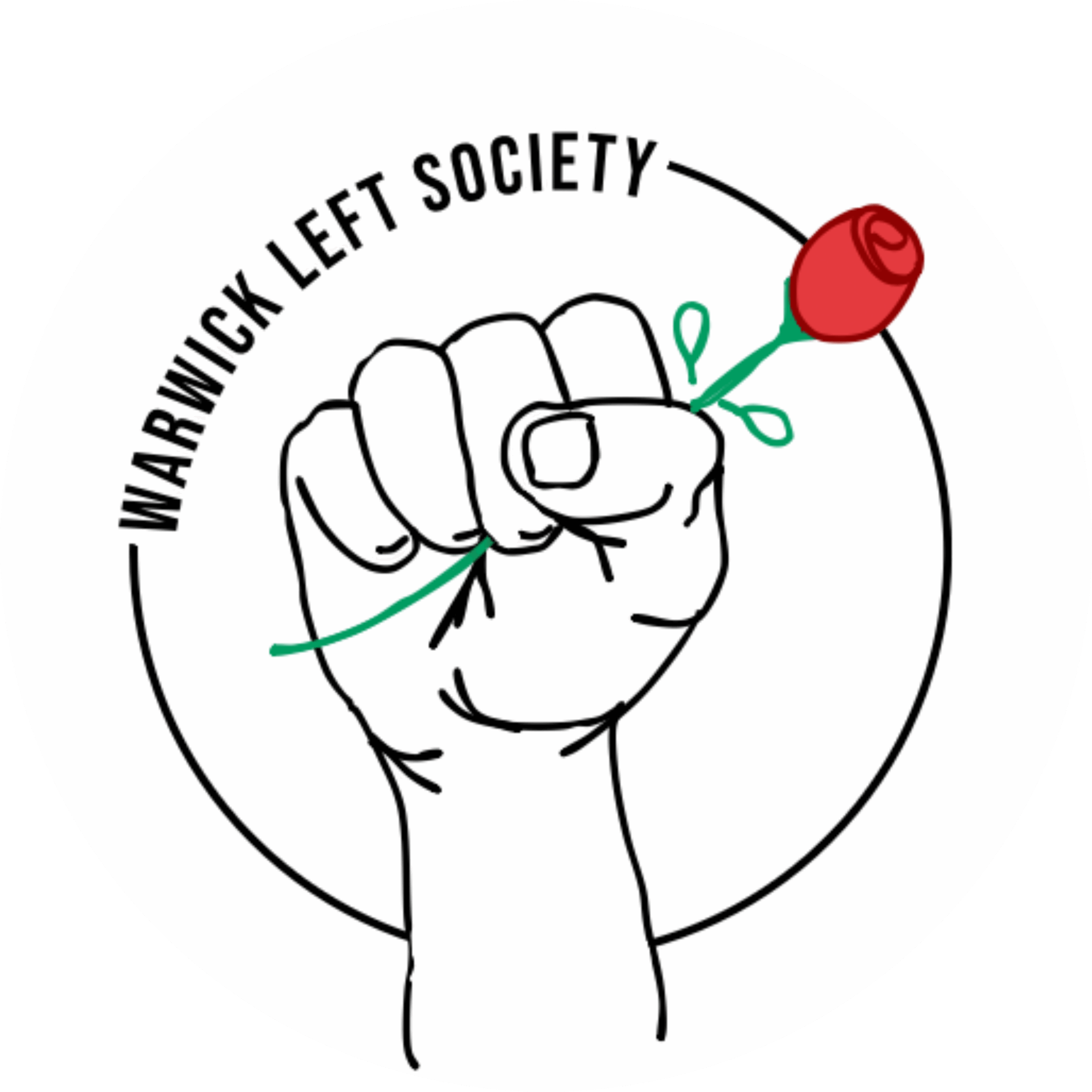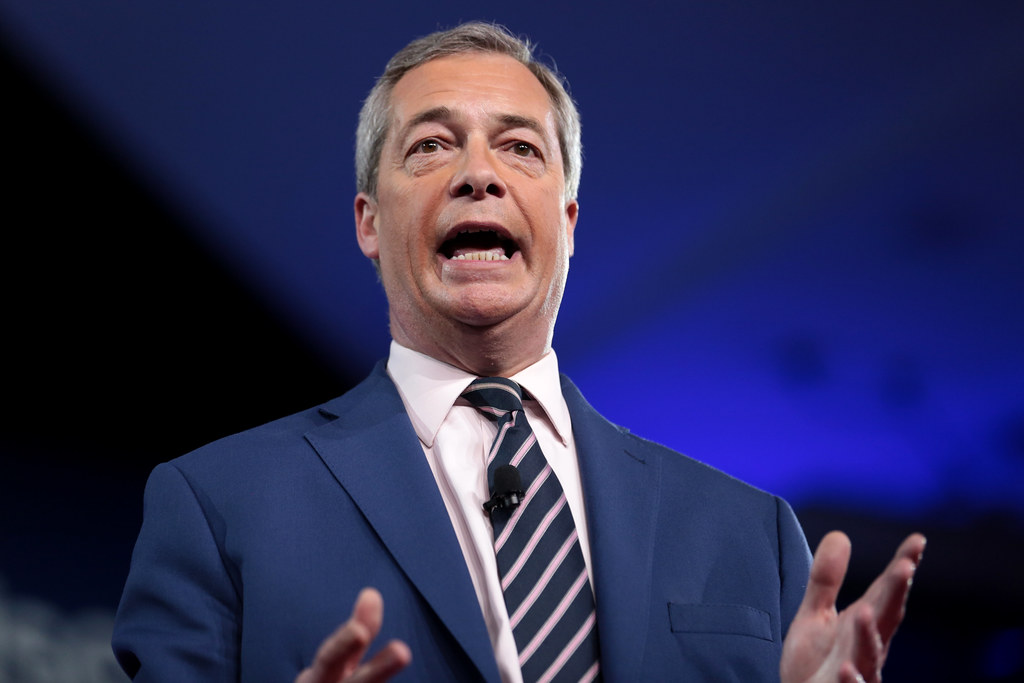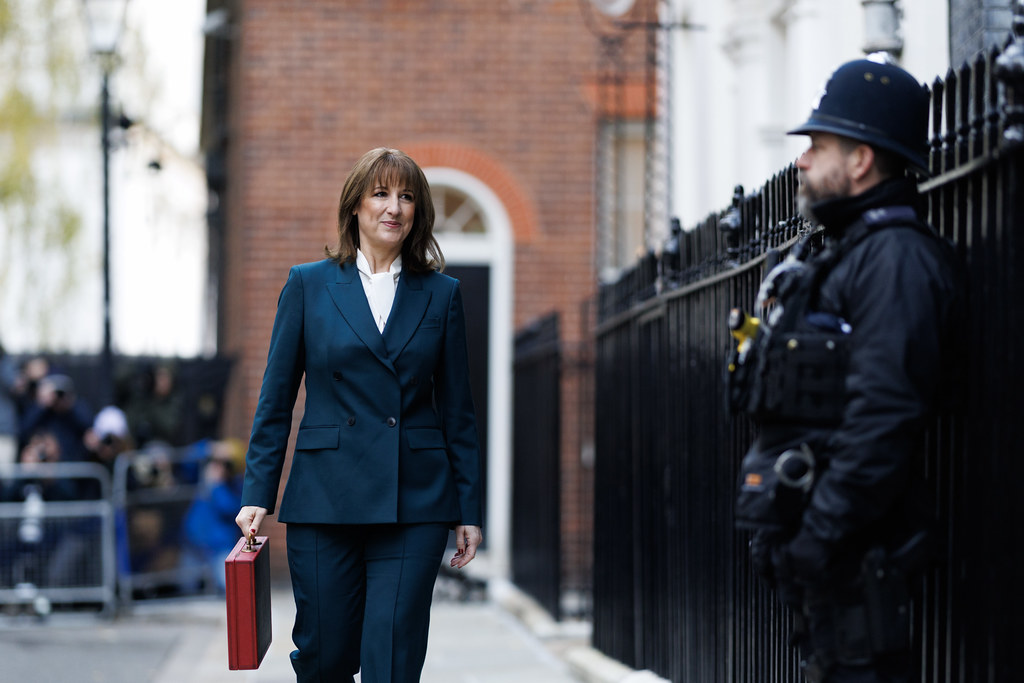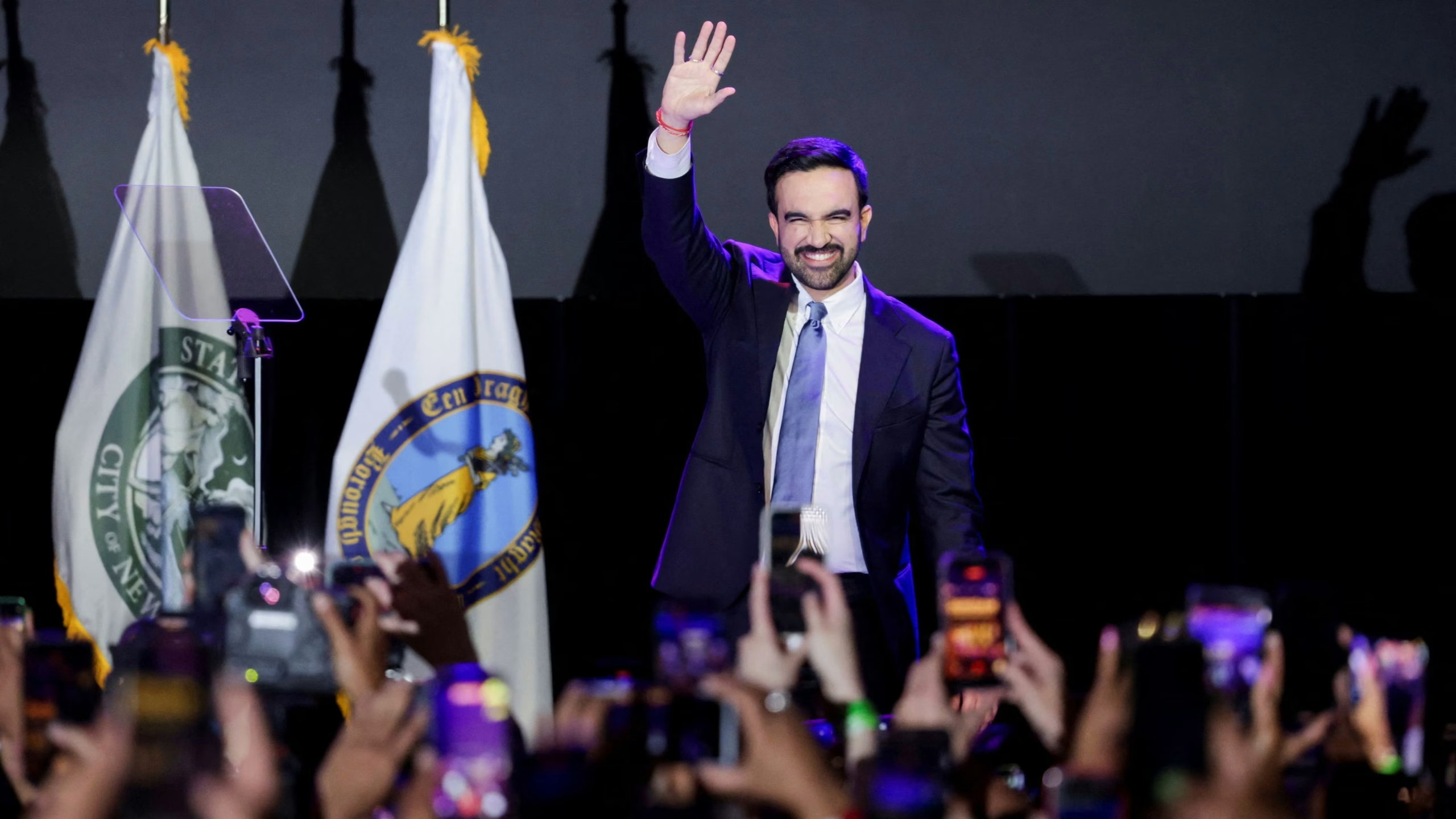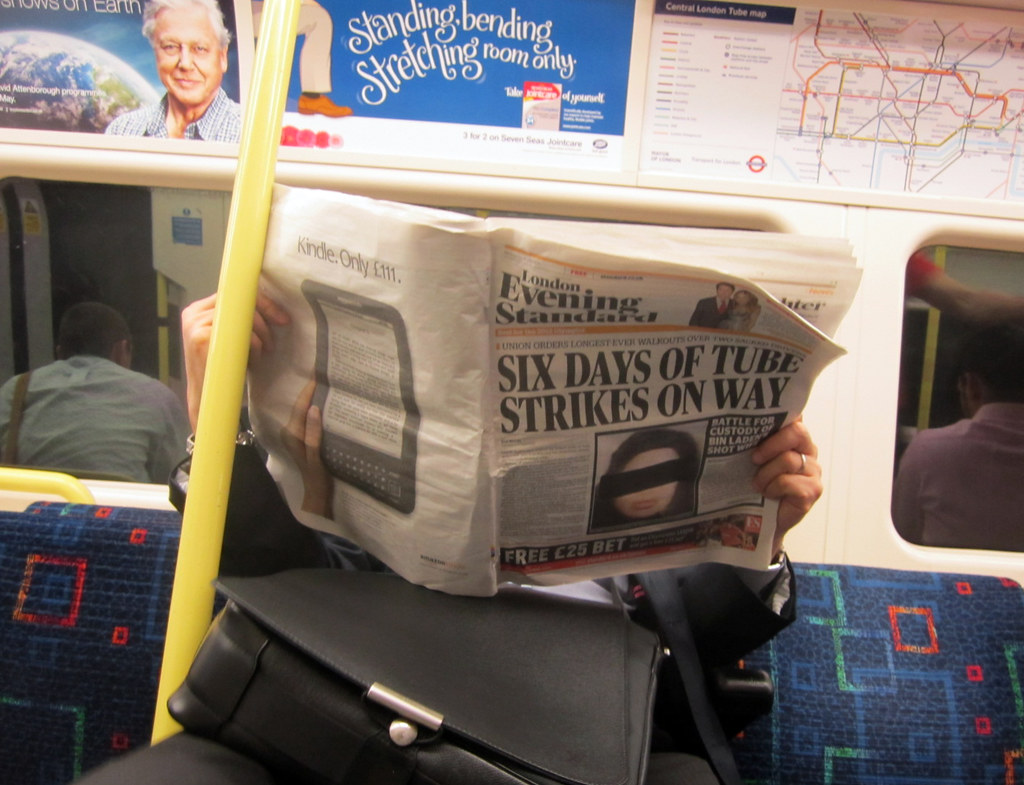
Image Credits: Flickr
On the 21st of August, the National Union of Rail, Maritime and Transport Workers announced seven days of rolling strike action across the London Underground network, beginning on the 5th of September and ending on the 12th.
This came after negotiations with Transport for London fell through due to what the RMT described as a “dismissive” attitude by TfL management toward the concerns of the union regarding their members’ pay and working conditions. Talks to avert the strike action fell apart on the 3rd of September, and almost 10,000 workers across the London Underground proceeded to walk out in pursuit of a better deal.
Discussions between the RMT and TfL centred around the reduction of the working week from 35 hours to 32, as well as measures to alleviate the extreme shift patterns many workers were forced into due to understaffing and a pay increase in line with inflation. TfL rejected these demands, calling the reduction in hours unaffordable despite a £166 million budget surplus, and instead offered a 3.4% pay increase that after inflation would be no increase at all.
Service across the entire network came to a grinding halt, with almost no Tube lines running at all for four of the seven days. The Elizabeth line and Overground were not directly impacted by the strikes, but had their services swarmed by passengers unable to travel on other lines. The contribution of railworkers to the public’s regular commute to work, neglected from thought for so long, was now front and centre, with tens of thousands being forced to make alternative arrangements that elaborated their time in transit immensely.
Lime reported that electric bike hires increased by 78% compared to the previous week, and Forest recorded bike hires at four times the usual level during the morning rush-hour. Some decided not to travel at all, or were left with no possible way to, with overall footfall in central London down by 16% compared to the previous week. The subsequent economic impact was stark, with a trade body representing the hospitality sector estimating that the strikes could have cost businesses up to £600 million.
As the strikes came to an end on Friday morning, relieved Londoners returned to normality and perhaps for the first time considered the vital role that the Tube and the people working on it play in keeping the capital moving. They had received a fleeting glimpse into a world without the public transport system that has become so deeply ingrained in the cultural and economic fibres of this country’s beating heart, and for many that momentary peek was enough to tell them that the workers of the London Underground deserved better.
Of course, that is not to say that the reaction to the strikes was entirely sympathetic, or even understanding. Social media was ablaze with people venting their frustrations and a variety of outlandish claims regarding the demands of the striking workers, the most widespread of which accusing them of walking out in pursuit of two-for-one Legoland tickets. The RMT was forced to make a statement on the situation, calling the accusations “complete nonsense.”
The reality of the situation is something that doesn’t fit so neatly into a reactionary soundbite. Network Rail employees receive something called a ‘Priv card’, which entitles them to discounted nationwide travel as well as a variety of other discounts provided at the discretion of other companies. The RMT has previously called for a similar programme to be provided for London Underground workers, but it is not a part of the current industrial dispute as TfL holds no power over the provision of such benefits.
The frustration and anger felt by many was capitalised on, and a completely unrelated issue was distorted in order to add fuel to the fire and delegitimise the demands of the RMT. Of course it is ridiculous to go on strike for discounted visits to a theme park, but that is not why they were on strike. The real motivations were obscured by a sea of lies and half-truths.
This is where the wider problem starts to become apparent. With the rise of social media and widespread adoption of AI, it has never been easier to spread misinformation, and it has never been easier for entities doing so to avoid accountability. A person with no experience in politics, no experience in organising, can create propaganda at the click of a button and anonymously pump it out to potentially thousands of people within minutes.
Elon Musk’s X is ground zero for this type of political manipulation. An entire platform was purchased and engineered to support the political views of its owner, with accounts following Musk’s hateful and divisive brand of politics being promoted and dissenting voices being pushed into the margins. It doesn’t matter if algorithmically promoted posts are based in truth, or even created by real people, so long as they serve to further Musk’s political objectives.
This is the reality that I believe the left must come to understand: in the same way the newspaper barons in the 19th and 20th centuries captured the vast majority of the country’s access to the news and information, allowing them to further their own agendas, billionaires are purchasing control of the very spaces we use to engage in the most basic of social interaction. Unaccountable individuals, by virtue of their immense wealth, now have domain over the posts you see, the things you read, the types of media you consume, by controlling what gets brought to your attention.
We can create the most beautiful infographics, write the most convincing words, but when the people who want to see us fail are in control of disseminating that content we have no other option but to learn how to play their game. In the most basic of terms, we have to make sure that we can reach people when the systems we are using are actively fighting against us. Otherwise, we may as well be screaming in an empty room.
